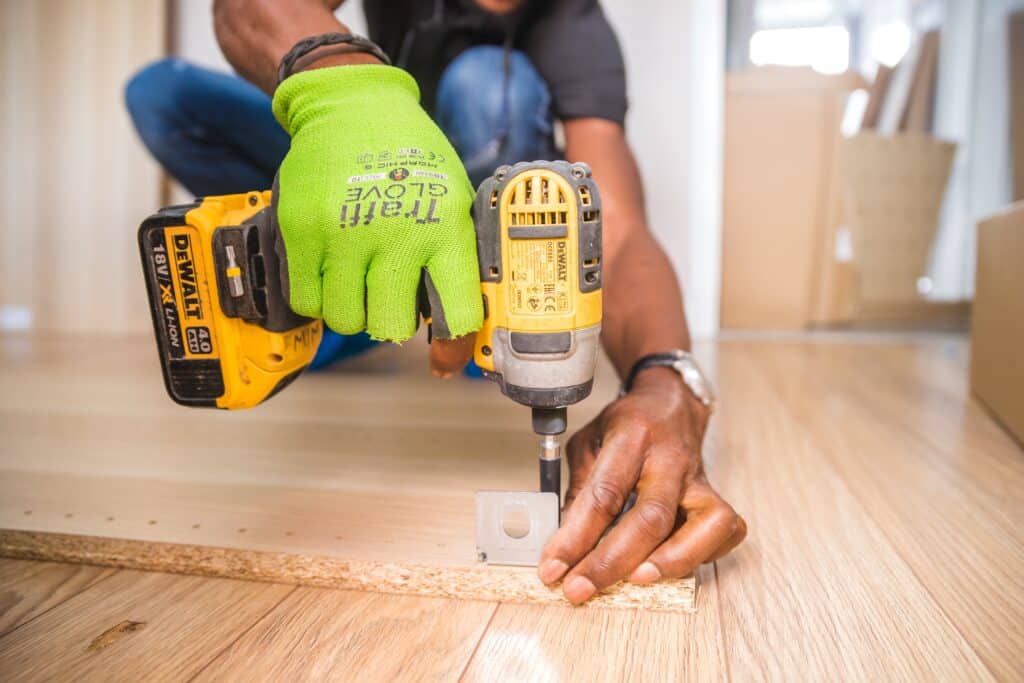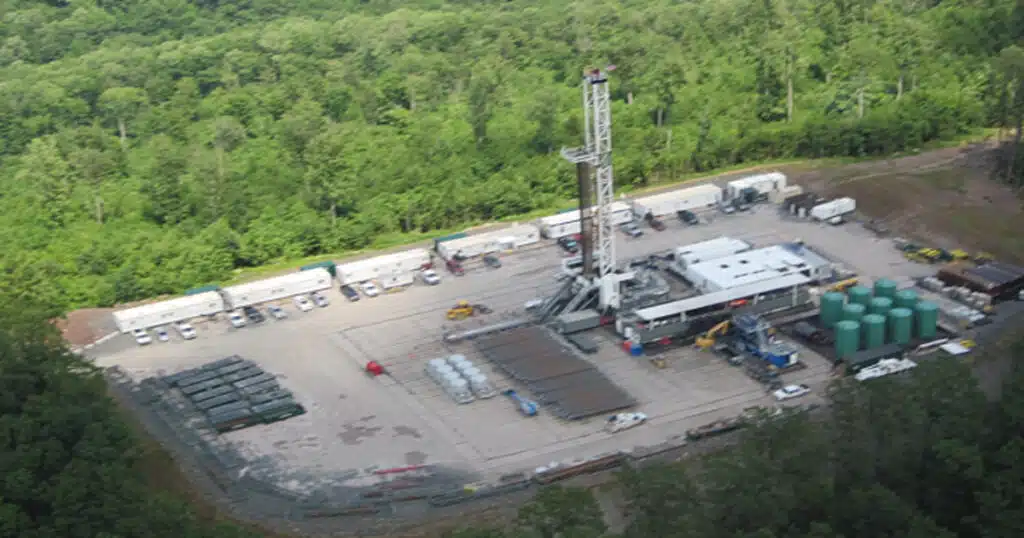
Single Family Home Construction Stagnates for These Specific Reasons
The jump in single-family home construction activity that occurred after the COVID-19 pandemic in large metro outlying counties and exurban areas has declined markedly during the past year.
This is according to new information that the Washington, D.C.-based National Association of Home Builders (NAHB) published this month. NAHB officials said the findings came from the third quarter of 2022.
NAHB officials say high mortgage rates, elevated inflation, and “stubbornly high construction costs act as a drag” on consumer demand and housing affordability.
RELATED: Best (and Worst) States for Business Taxes Revealed
“Large metro outlying counties (exurban areas) registered the largest 12-month decline in single-family production, falling from a 31.9 percent growth rate in the third quarter of 2021 to a minus 4.4 percent rate in the third quarter of 2022. Smaller metro outlying counties also saw a significant deceleration, registering a 30.6 percent percentage point drop for its growth rate during the same period. Urban core areas in both large and small metro areas also posted negative growth rates during this time frame,” NAHB officials said.
“Rural counties, including micro counties and non-metro/micro counties, were the only counties to post a positive year-over-year growth rate.”
Multi-family markets, however, increased in growth between the third quarter of 2021 and the third quarter of 2022 for large and small markets. This, as metro area economies reopened following COVID-19-era restrictions.
Multifamily construction in large metro suburban counties increased from an 18 percent growth rate to a 27.5 percent rate. Large metro core counties experienced a 7.1 percentage point increase.
IN THE NEWS: GAO REPORT: Financial Aid Packages Deceive College Kids
Large metro outlying counties decreased from a 44.1 percent growth rate to a 31 percent rate.
Other key findings show building activity shifted away from centralized markets toward more outer, smaller areas.
RVIVR reported in October that more and more first-time and first-generation homebuyers suddenly found themselves priced out of the U.S. housing market.
NAHB members represent more than 140,000 members from the home building, remodeling, property management, subcontracting, design, and housing finance industries. Members said they will construct about 80 percent of the new housing units projected for this year.
Send story tips and other story suggestions to [email protected]



